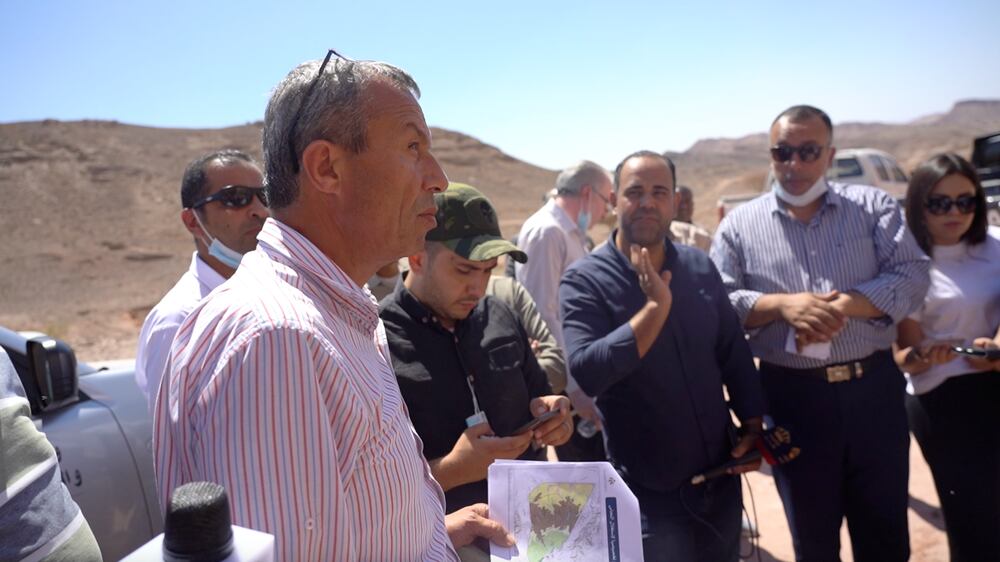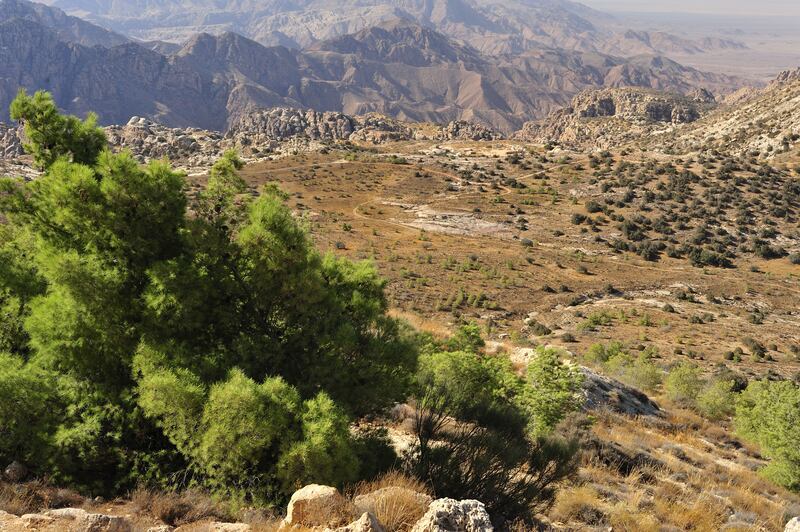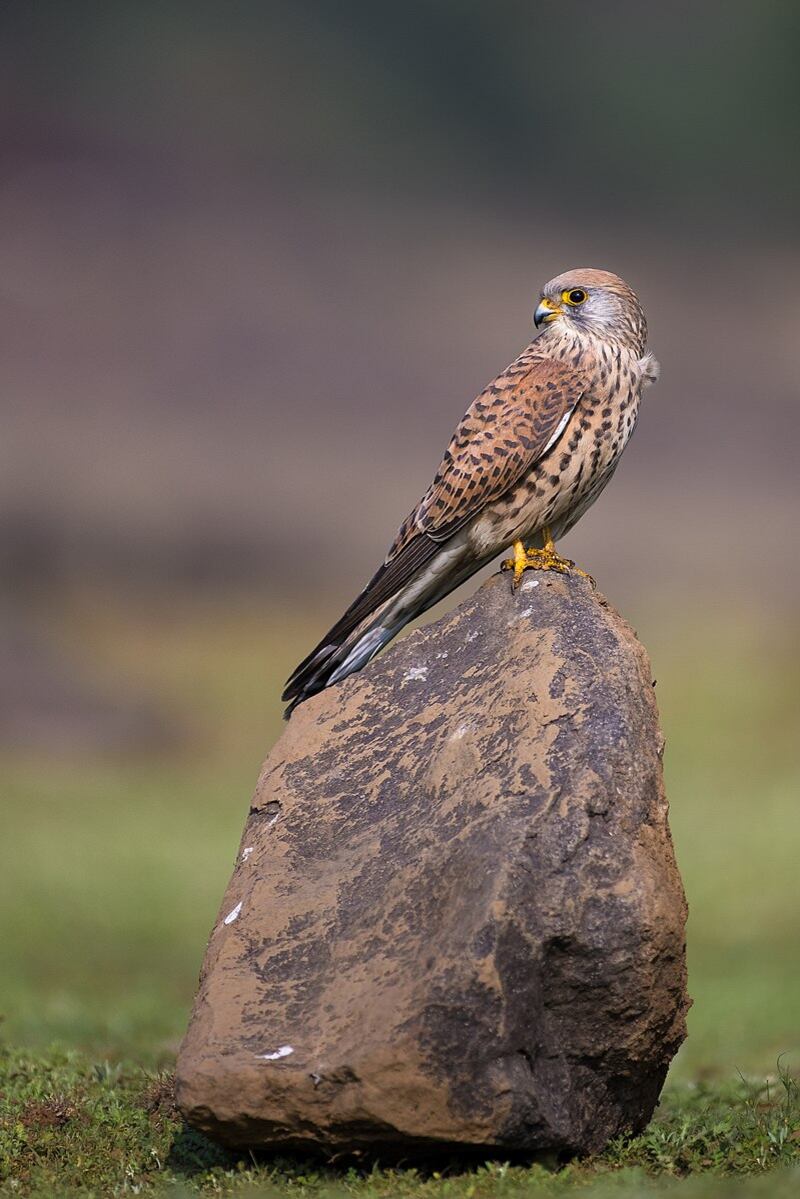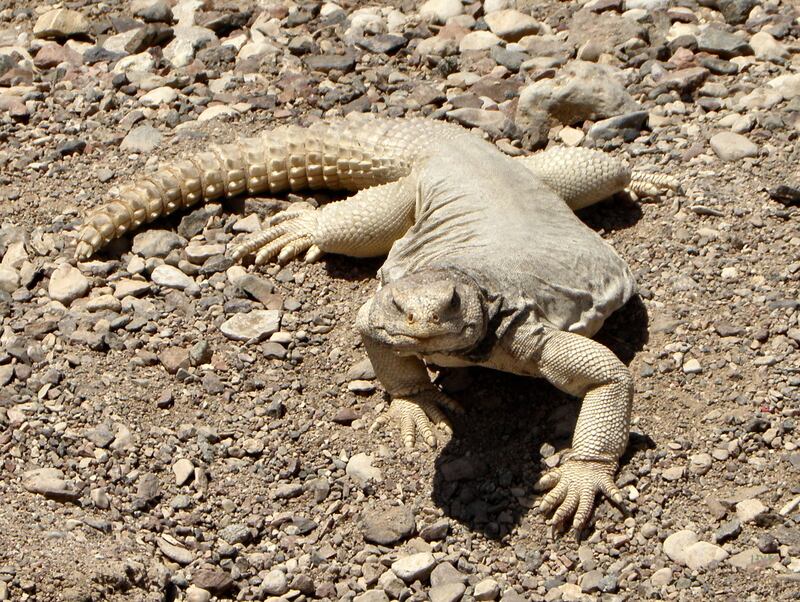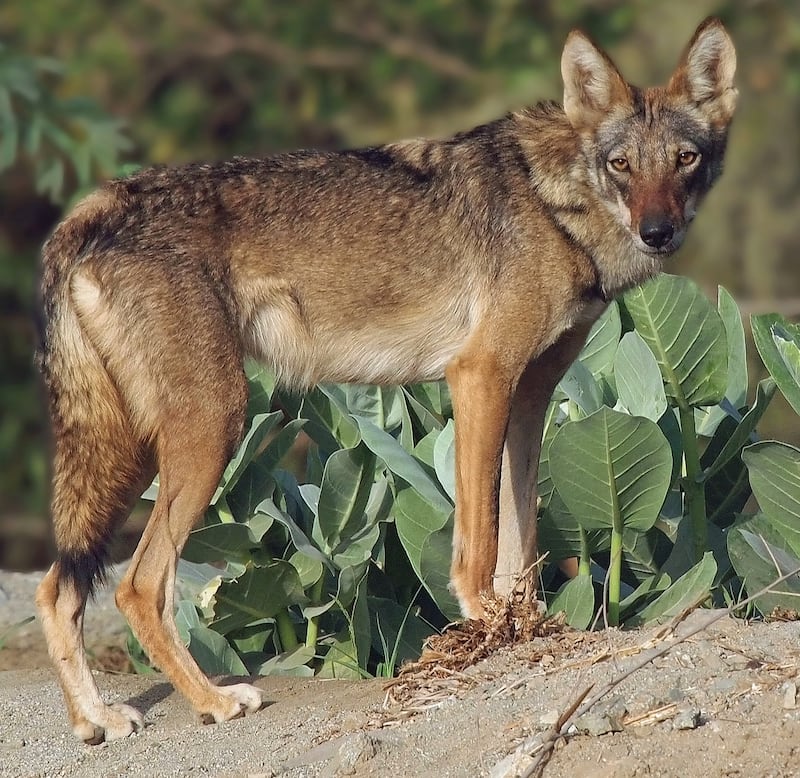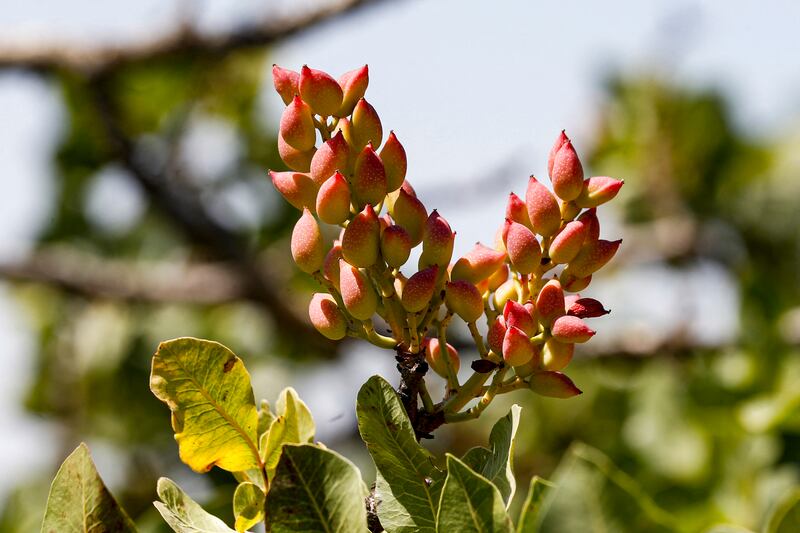A Jordanian government plan to mine copper in a protected, biodiverse wilderness containing ancient sites has outraged environmentalists and archeologists.
The Cabinet’s decision last month to revive the mining at the Dana-Feynan Reserve in southern Jordan has pitted conservationists against business interests.
Officials have described the plan as an industrial project that would improve living conditions in the area.
Jordan’s government also says it wants to encourage eco-tourism to diversify the sector beyond its best-known attractions.
Tourism in Jordan is heavily reliant on visitors to its world-famous sites including Petra, the Nabatean city south of the Dana-Feynan reserve.
The Energy Ministry said the mining project would directly employ 1,000 people and that it would stay away from core areas of the reserve, minimising any environmental impact.
“When we do mining here, everybody will benefit – especially the local population,” said Energy Ministry spokesman Mohammad Abweny.
“We have very poor people [living] in this area.”
In August, the Cabinet asked the Environment Ministry to alter the boundaries of the reserve to allow operations by the Jordanian Integrated Mining and Exploration Company to proceed.
The company is owned by a local investment group, Al Manaseer, and by the Jordanian military, the official company registry shows.
The government’s Tourism Board says the reserve is the only area in Jordan with “a melting pot of species from Europe, Africa and Asia”.
“Such a combination of natural communities in a single area is unique in Jordan and many of [the] reserve’s animals and plants are very rare,” it says on its website.
The Tourism Board says the reserve is home to about 800 varieties of plants and 449 species of animals, including the endangered sand cat and the Syrian wolf.
Al Manaseer official Samer Makharmeh said the project would “have nothing to do with the environment”.
“What is the environment here? There are no animals. There are no trees,” he said, pointing to a rocky area of the reserve.
Mr Makharmeh was speaking at a government-organised trip to parts of the reserve, which also contains the remains of a Neolithic village, and Roman and Byzantine ruins partly excavated in the 1990s by a British mission.
Last month, the heads of archaeological missions in Jordan wrote to Tourism and Antiquities Minister Nayef Al Fayez, urging the government to stop “any mining projects at the reserve”.
The letter was published on the Jordanian Facebook page of the International Council on Monuments and Sites.
It said mining would destroy “a large number of important archaeological sites that are not just as part of Jordan’s identity but the whole of humanity”.
The Environment Ministry said it would take a month to draw new boundaries for the 320-square-kilometre reserve. It formed a committee to look for new land to allot to the reserve instead of the areas due to be mined.
Environment Minister Nabil Masarwa said the committee would also set environmental standards for the planned mining and exploration.
But the Royal Society for the Preservation of Nature wrote to the Environment Ministry in June, advising it against allowing exploration in southern parts of the Dana-Feynan reserve.
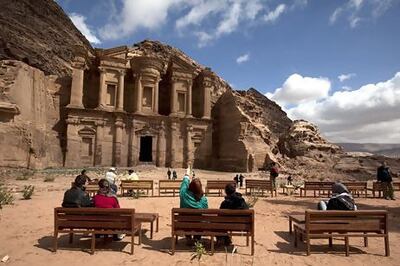
The Royal Society said the southern part has the highest concentration of juniper, oak and pistachio trees in the reserve, and a “unique diversity of animals and birds”.
“We are arguing with them about the value of these areas”, Malik All Nanah, an official at the Royal Society, said on the government-organised tour.
But Energy Minister Hala Zawati said southern parts of the Dana-Feynan reserve would need to be opened for exploration after it was determined that northern parts of the reserve contained 40 million tonnes of copper deposits.
“Investing in copper in Jordan necessitates carving out a part of the reserve,” she told a parliamentary committee last month.
Ms Zawati said the Jordanian Integrated Mining and Exploration Company had held a licence to mine in the reserve since 2016 but had not been able to explore the southern part because of its “inability to enter”.
It is the second major controversy to break out over conservation efforts in Jordan in less than a year.
In December, the Amman municipality discovered Roman baths in Amman but covered the site with Tarmac, despite the objections of the Antiquities Department.
